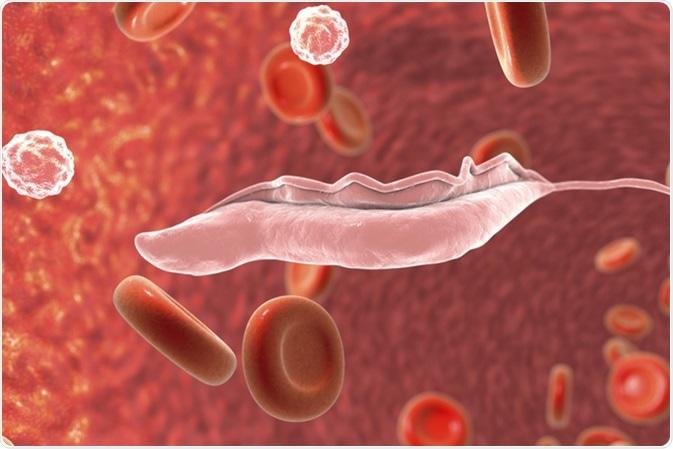Sleeping Sickness in Kenya Eradicated
Sleeping sickness, also known as trypanosomiasis, has historically posed a serious health threat in Kenya. This disease, transmitted by the tsetse fly, affects both humans and livestock, making it a significant public health and economic issue.
Understanding Sleeping Sickness
The disease is caused by the Trypanosoma parasites, which are spread through the bite of infected tsetse flies. Symptoms often start with fever and fatigue, progressing to neurological issues and, eventually, death if left untreated.
The Significance of Eradication Efforts
Efforts to eradicate sleeping sickness in Kenya have been ongoing for decades, involving concerted actions by local and international health organizations. These efforts have led to significant public health campaigns focusing on prevention, early detection, and treatment.
Recent Achievements in Eradication
Recent reports have indicated that sleeping sickness has been eradicated in certain regions of Kenya. This achievement is a testament to effective surveillance, community education, and the availability of treatment for those affected.
Impact on Communities
The eradication of sleeping sickness is expected to have a profound impact on communities within Kenya. With fewer health issues, communities can focus on improving economic conditions and overall quality of life.
Continued Vigilance Required
Despite the successes, experts warn that continued vigilance is necessary to prevent any resurgence of the disease. Regular monitoring and continued public health initiatives will be crucial to maintaining this hard-earned progress.
Learn More
For more information on the ongoing challenges and successes in combating sleeping sickness, visit this link.
Conclusion
The eradication of sleeping sickness in Kenya marks a significant milestone in the global fight against neglected tropical diseases. As efforts continue, the hope remains that other affected regions can achieve similar successes.

